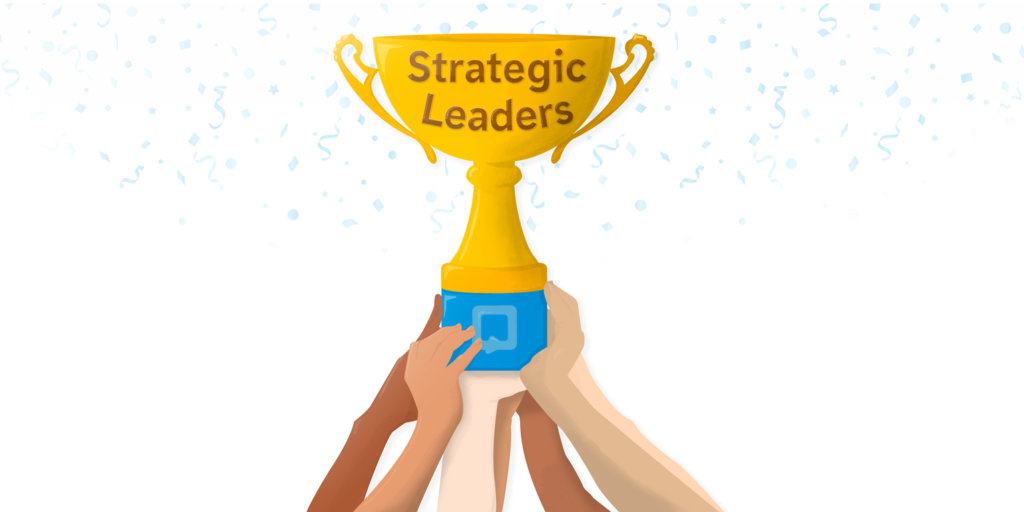We can all be Strategic Leaders – Characteristics of Successful Ones
Visionary or Operator?
Following a recent 2021 study by PwC on Harvard Business Review, they recognized some “key characteristics” that were desirable to be a future successful leader. In the past (and perhaps still today), it was common that in the significant majority of organizations some were “visionaries” and others were “operators” and that this mix of skills was seldom found in the same individual. But that view of business leadership is changing: while these two characteristics are somewhat paradoxical, “companies now need their top people to perform both roles”. They have termed leaders with this duality and balance of skills “strategic executors”. They not only can see an improved future, but they also have the skills to make it happen. In fact, out of all expectations of leaders analyzed in the study, this capability was ranked #1 and recognized by 98% of respondents as important or critical to future business success. Unfortunately, only 51% of respondents indicated that their organization’s leaders had this dual capacity.
What is a Strategic Executor?
Let’s start by defining what a “strategic executor” is. According to the survey, these people have “bold, ambitious ideas as well as the practical capabilities needed to realize visions”. Simply put, they can imagine a better future and can implement it. A person in this position will invest resources on big priorities in a future context, rather than immediate demands. They conclude that it is important to identify transformative structures and mechanisms to lead the company to a new destination and that roles are aligned with outcomes necessary for success.
To Upskill or Rehire?
It is simply not that easy to rebuild your management structure with strategic executors in a resource-scarce market where we all compete for great people–it is just not practical to go out into the market and fill every seat in the office with strategic executors. You need to create an environment where the organization, as a whole, can start to function as collaborative strategic executors. I would even suggest that although the article focuses on the ‘C level’, innovation and transformative ideas can come from anywhere. Ideation and delivery are two sides of the same coin. Complex organizations need to create an environment of transparency where everyone contributes transformative ideas.
Maintaining Strategic Alignment
However, it is critical that this insightful thinking aligns with vision and purpose, and drives the business forward for the achievement of successful outcomes–those key metrics which communicate what success looks like.
When we work with clients, they are very capable of articulating their vision, mission, purpose, and values. The vision statement is all about direction, and it is the figurehead statement that frames what the future will look like. Strategic executors don’t decompose strategic thinking into current business as usual (BAU) activities. BAU is rarely strategically transformative–yes it carries with it business urgency–but the question must be asked: “Is this leading to efficiencies that are in support of strategically transformative change?” It may be urgent, but is it important?
We can all be Strategic Executors
Enabling people with the right tools, transparency of the plan, and a common language for strategy will encourage a transformative approach to creating lifetime stakeholder value, which really is our primary purpose. Please take a look at StrategyBlocks today if you want to empower your people to become strategic executors.




Leave A Comment